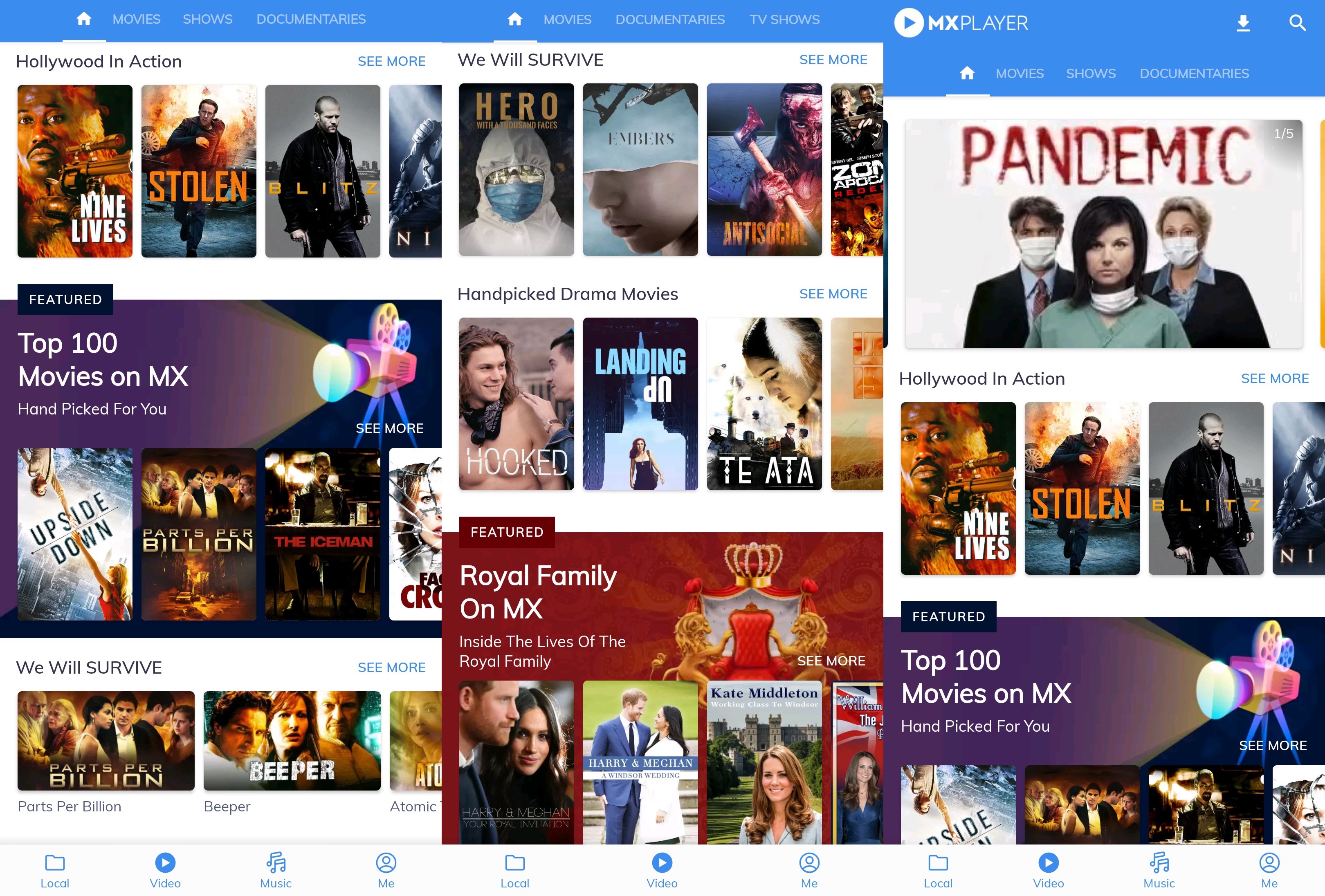MX Player, the on-demand video streaming service owned by India’s conglomerate Times Internet, is expanding to more than half a dozen new international markets including the U.S. and the UK to supply more entertainment content to millions of people trapped in their homes.
The Singapore-headquartered on-demand video streaming service, which raised $111 million in a round led by Tencent last year, said it has expanded to Canada, Australia, New Zealand, Bangladesh, and Nepal in addition to the U.S. and the UK.
Like in India, MX Player will offer its catalog at no charge to users in the international markets and monetize through ads, Karan Bedi, chief executive of the service, told TechCrunch in an interview.
The streaming service, which has amassed over 175 million monthly active users, is offering locally relevant titles in each market, he said. This is notably different from Disney’s Hotstar expansion into select international markets, where it has largely aimed to cater to the Indian diaspora.

MX Player is not currently offering any originally produced titles in any international market — instead offering movies and shows it has licensed from global and local studios — but the streamer plans to change that in the coming months, said Bedi.
Even as the expansion comes at a time when the world is grappling with containing and fighting the coronavirus outbreak, Bedi said MX Player had already been testing the service in several markets for a few months.
“We believe in meeting this rapidly rising demand from discerning entertainment lovers with stories that strike a chord. To that end, we have collaborated with some of the best talent and content partners globally who will help bring us a step closer to becoming the go-to destination for entertainment across the world,” said Nakul Kapur, Business Head for International markets at MX Player, in a statement.
Times Internet acquired MX Player, an app popular for efficiently playing a plethora of locally-stored media files on entry-level Android smartphones, in 2018 for about $140 million. In the years since, Times Internet has introduced video streaming service to it, and then live TV channels in India, its biggest market.
MX Player has also bundled free music streaming (through Gaana, another property owned by Times Internet) and has introduced in-app casual games for users in the country.
Bedi said the company is working on bringing these additional services to international markets, and also looking to enter additional regions including the Middle East and South Asia.
from TechCrunch https://ift.tt/33OaJEi
via IFTTT
Comments
Post a Comment